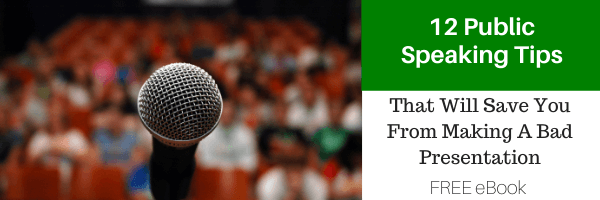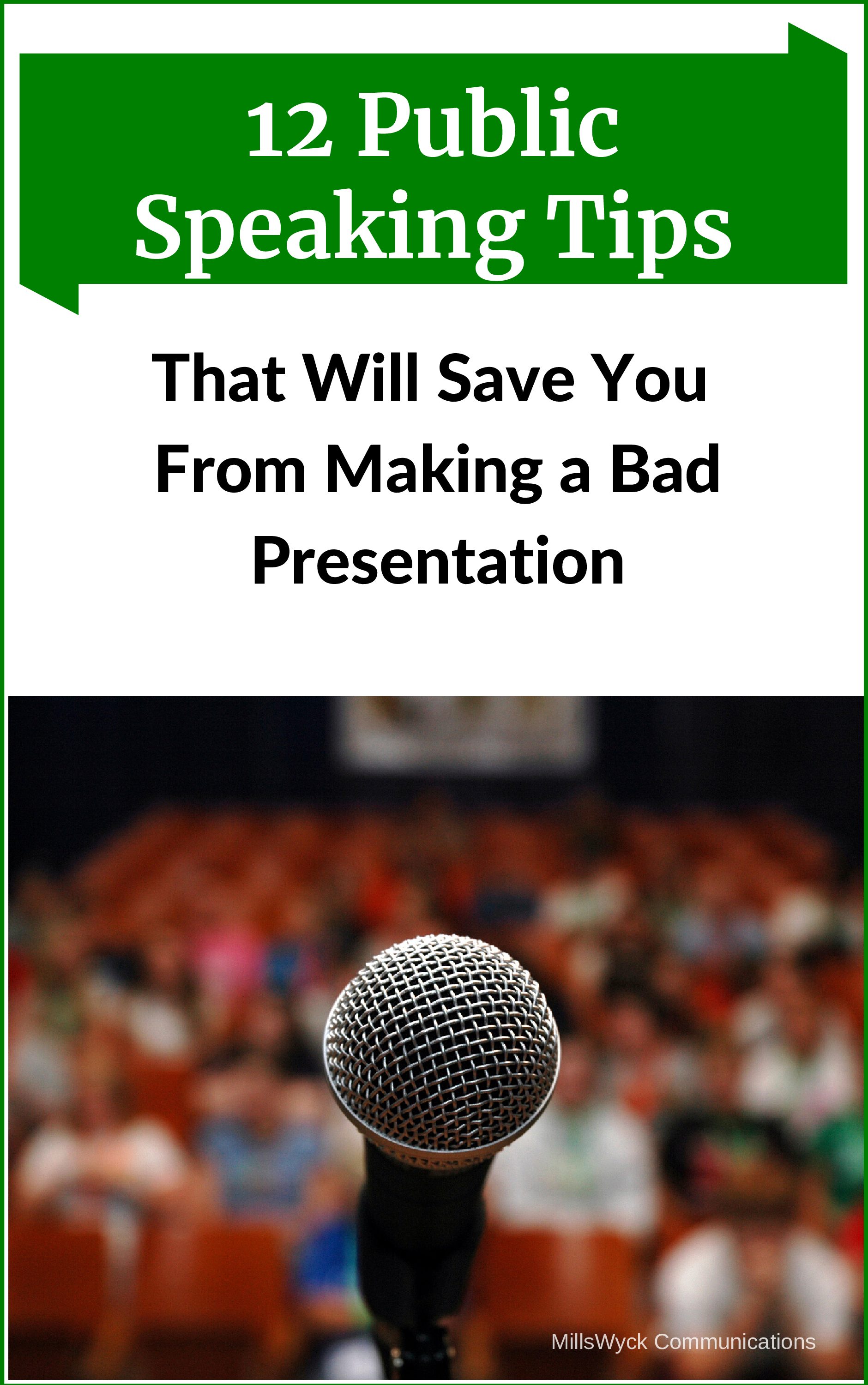 I recently attended the baseball Hall of Fame (HOF) Induction Ceremony in Cooperstown, NY. It was a once-in-a-lifetime event to hear the speeches of the inductees, even if I did have to pay $20 to park in some random farmer’s field and still had to walk to the ceremony.
I recently attended the baseball Hall of Fame (HOF) Induction Ceremony in Cooperstown, NY. It was a once-in-a-lifetime event to hear the speeches of the inductees, even if I did have to pay $20 to park in some random farmer’s field and still had to walk to the ceremony.
The event had two basic parts (notwithstanding the superfluous infrastructure and the MLB network commercial delays, which drew boos from the audience). First, every living member of the Hall of Fame is invited back. Thirty-eight chose to attend this year, including some of the biggest names I remember as a kid (Sandy Koufax! Rollie Fingers! Johnny Bench! Rod Carew!). Each one was introduced to applause. About 1 in 100 professional players make the Hall (and only about 1 in 200 varsity high school players get drafted to the minors, and only about 1 in 30 minor leaguers makes the MLB). This is the crème de la crème; almost one-in-a-million. That segment last about 40 minutes.
Then each HOF inductee gives a speech. This year, fourth-ballot Mike Piazza (@MikePiazza31) and first-ballot Ken Griffey, Jr. (@KidGriffeyJr) were the only two inductees. It struck me that they were probably as nervous about speaking as I would be about trying to hit a 95 mph fastball. I assume they got (speech) coaching – they each spoke of how coaching helped them become the players they were.
It’s hard to envision a player making a bad HOF speech. The fans – decked out in the players’ jerseys by the thousands, cheered almost every word and memory. They will forgive most any indiscretion. And yet it’s an intensely personal and emotional moment. I can’t imagine the thoughts and memories that flood their minds during this time. Both players got choked up, especially when talking about their fathers and the influence they had. For us commoners, a eulogy is probably a very similar moment.
Here are some observations and remembrances for high-stakes speeches that could apply to any situation.
- Keep it short. No one will mind if you end earlier than expected. And (only because they love you) they might overlook a little length. But it was 90+ degrees in the shade for an event that spanned two-plus hours. Brevity is always appreciated. “Be sincere. Be brief. Be seated.” Franklin D. Roosevelt.
- When you get emotional, stop. Collect yourself. Find the core message. Get it out best you can. And move on. You’ll regain control eventually. It’s not as big a deal to the audience as it is to the speaker (and there is no need to apologize or acknowledge it.) Just move on.
- Notes are almost always required. You’ll forget too much without them. But prose is hard to read from, especially when you get emotional and have to look away. Both speakers got words reversed and mixed up. We’ll examine notes in a future newsletter. But there is no real need to have every word typed out. Find a method that works to help you remember and use it.
- The most important part of any speech is likely to be the connection to the audience. Personal/acceptance speeches are a danger zone here. It’s tempting to think this is your time, and I suppose that it is. But Rule #1 (“It’s not about you!”) is still in effect. But telling stories and acknowledging individuals that only a few know about alienates the rest. Find common ground through memories/stories that everyone can relate to.
- Graciousness never goes out of style. Mike Piazza opened with a comment honoring Ken Griffey, Jr. and the HOF staff that runs the induction. It was a nice gesture and a great way to start strong when you know that emotions are likely to come later in the talk.
These are good tips for acceptance speeches and any other speaking engagement as well. Learn from the pros. Make your next speech HOF-worthy (side note: my nickname as a kid was “Hof” – I didn’t know what the abbreviation meant then.)
Communication matters. What are you saying?
This article was published in the August 2016 edition of our monthly speaking tips email, Communication Matters. Have speaking tips like these delivered straight to your inbox every month. Sign up today and receive our FREE download, “Twelve Tips that will Save You from Making a Bad Presentation.” You can unsubscribe at any time.


